About a month ago, on 12th June 2021, the square bastion tower on the periphery of Belapur Fort premises, in Navi Mumbai, collapsed. It had been raining heavily in Navi Mumbai and it seems that this, together with the strong winds, caused a large part of the tower, to crash in a heap of rubble.
The bastion tower is located opposite the Navi Mumbai Municipal Corporation (NMMC) headquarters, and is the only piece of the ‘fort’, visible to external passers-by. “Videos were doing the rounds in social media, and this is what brought our attention to heritage that is situated right in our neighbourhood, but to which we rarely gave a second glance.”, said Abhi, a resident of the area who recently visited the fort with his friends.
Read more: What’s common between Gateway of India, Kala Ghoda and Blue Synagogue?
History of Belapur Fort
According to the Belapur Fort’s Wikipedia site,
- The Shabaz area (which is what Belapur was called in those days) was captured by the Siddis of Janjira State, from the Portuguese, and they built the fort in 1560-1570 – which means it is over 450 years old.
- By 1862, the Portuguese had annexed the regions controlled by the Siddis and they captured the fort.
- In 1733, the Marathas, led by Chimaji Appa, wrested control of the fort from the Portuguese. He had made a vow that if he was successful, he would place a garland of bael leaves (commonly called wood apple) in the nearby Amruthaishwar Temple. So, after the victory the fort was called as Belapur Fort.
- In June 1817, the fort was captured from the Marathas by Captain Charles Gray of the British East India Company. The British partially destroyed the fort under their policy of razing any Maratha stronghold in the area.
- During its active days, the fort stationed four military units, each of 180 men, and 14 guns ranging from 4–12 pounds (2–5 kg) in weight. It is believed that a tunnel connects the fort to Gharapuri Island, where the Elephanta Caves are located.
Restoration hiccups
The first plans of restoration were made in 2009, but they didn’t materialise. It seemed that for Navi Mumbai’s authority, CIDCO (City and Industrial Development Corporation), retaining buildings of historical significance was not a priority, and the monument continued to remain in a dilapidated state for years. People though, continued to visit. It was a sort of wilderness in the city. If one does an online search, there are many amateur videos of the fort that can be seen. Sunil Agarwal, one of the active residents of Navi Mumbai who has been working to save the wetlands and lakes says that when he visited the fort in May 2016, he could climb up on the Tehalni Burj, the main structure in the premises.
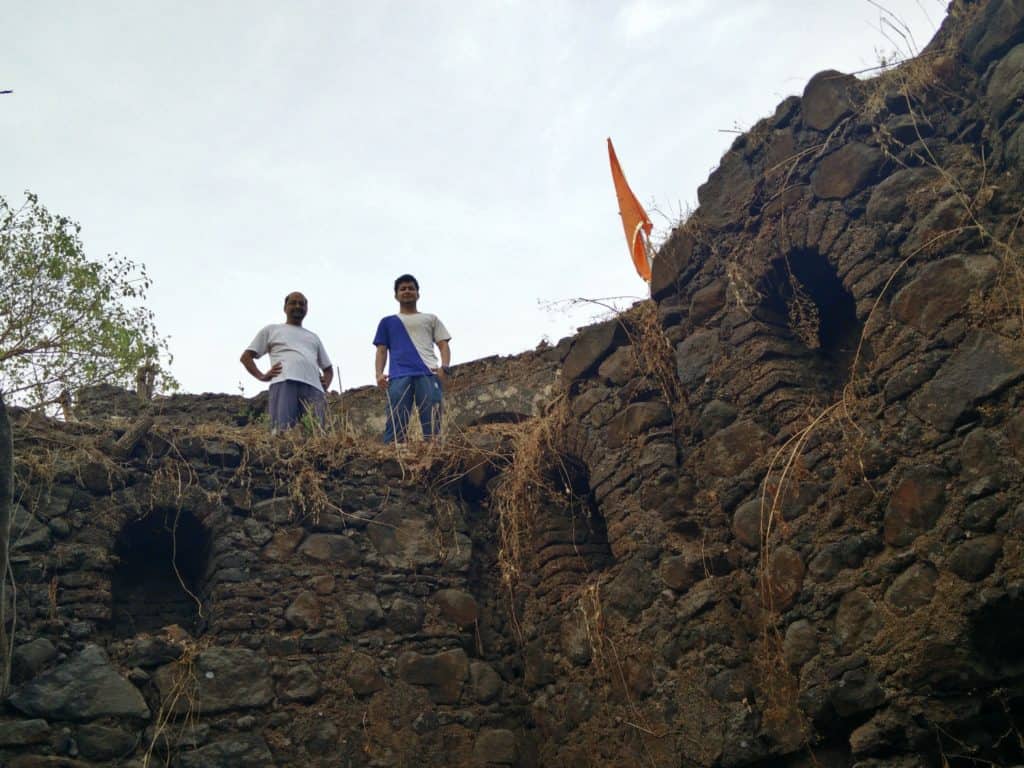
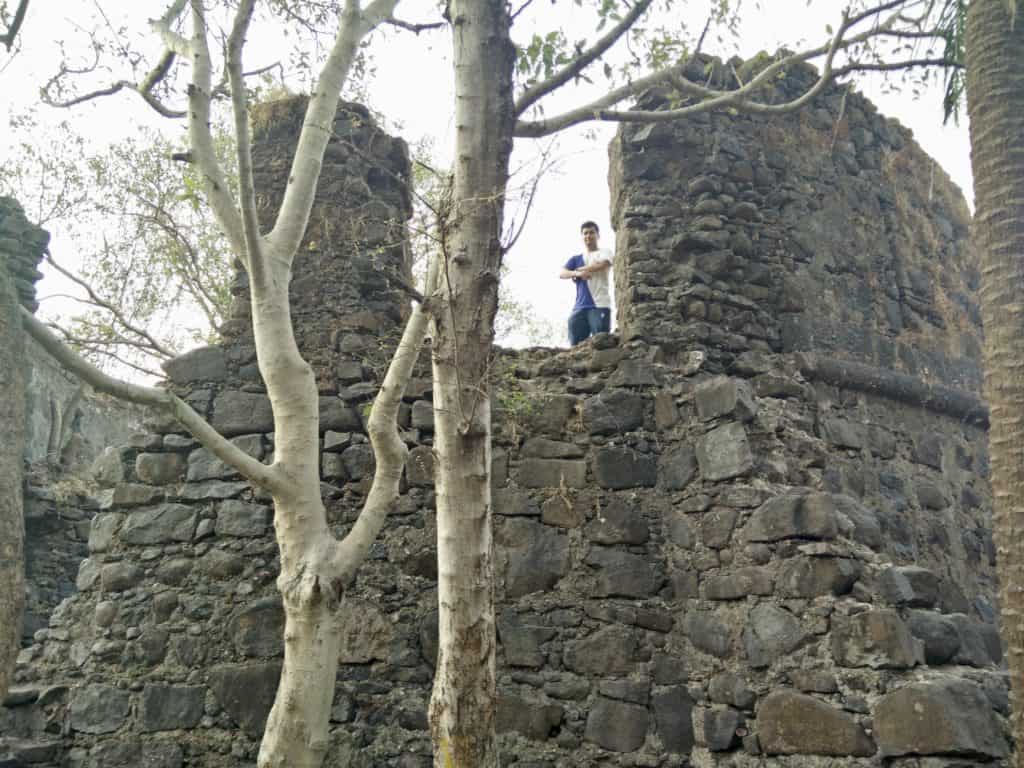
Restoration plans of Belapur Fort
Restoration finally began in June 2019 and the place is mostly out of bounds to visitors. The barricades on the site carry information about the project. Kimaya architects and Savani Heritage Conservation are CIDCO’s partners in this project. Apart from the original fort structures, the plan proposes “public amenities, interpretation center, food court, shops, watch towers, exhibition space, amphitheatre, officers quarters, compound wall and gate”.
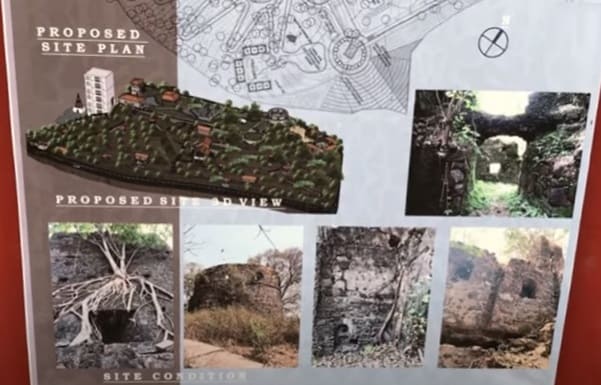
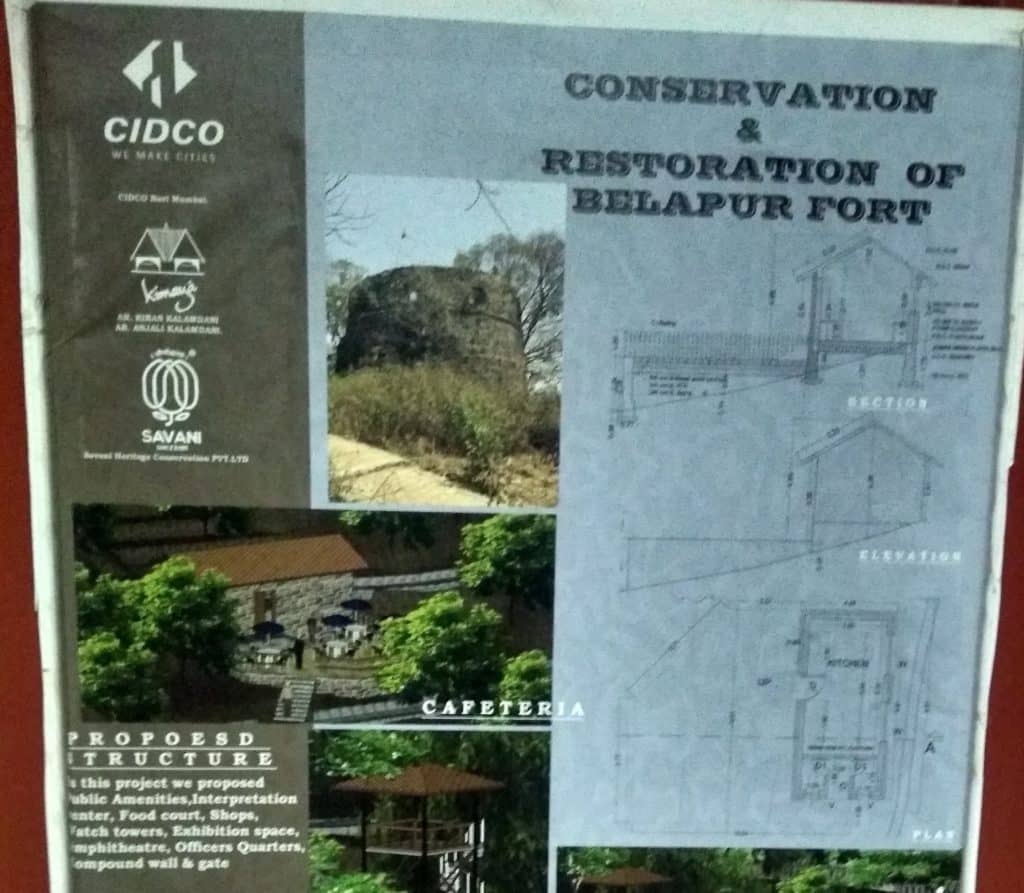
Current status of Belapur Fort restoration
A few days after the collapse, teenager Abhi and his friends did a cycling trip to check out the fort. It was a drizzly monsoon morning, but they decided to go anyway. They were able to go inside the fort premises and go up to the top of Tehalni Burj, just as people used to do earlier.
“There is nothing much happening at the fort. The fort is basically one building that has a Shivalinga inside. At about a 500m radius, the fort building is protected by strong boundaries all around. Being on top of a hill and close to the ship dockyard, it seems that it would have been a good place keep eyes on water transport trading in the old days.”, says Abhi. He was visibly disappointed at the state of the place.
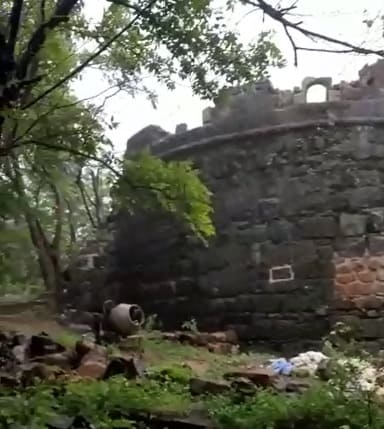


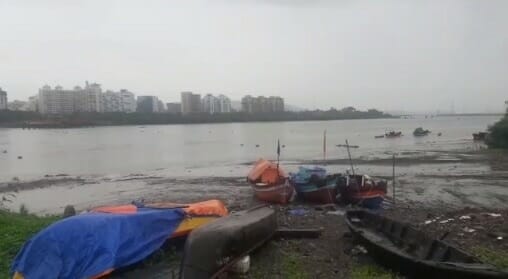
The part of the fort that collapsed in the rain had been newly repaired by the contractor. People from the area, who requested not to be named, say that the use of improper materials and shoddy work by the contractor was the cause for the structure being ‘washed down’ in the incessant rain. Cement does not work with these stones and one needs to use binding material similar to what had been originally used.
Sunil Agarwal says that being a very old heritage structure, CIDCO should have handed over the project to the Archaeological Survey of India (ASI) that is well experienced in such restorations. “When we look at CIDCO’s plan, rather than restoring, they are interested in constructing new buildings. If this had been given to ASI, the restoration work would have been completed by now. Further, restoration has to be done keeping in mind the the natural beauty of the place. As per the plan, old trees and greenery of the place will be totally destroyed.”
Apart from the tower that collapsed, nothing much has been done, despite huge advances allegedly having been given to the contractor. Residents of Navi Mumbai are waiting for the fort restoration to be completed. Like a lady from the area mentioned, “we don’t need any fancy infrastructure here. Just a place of peace and quiet, and most important, we should not have loose stones falling on us.”